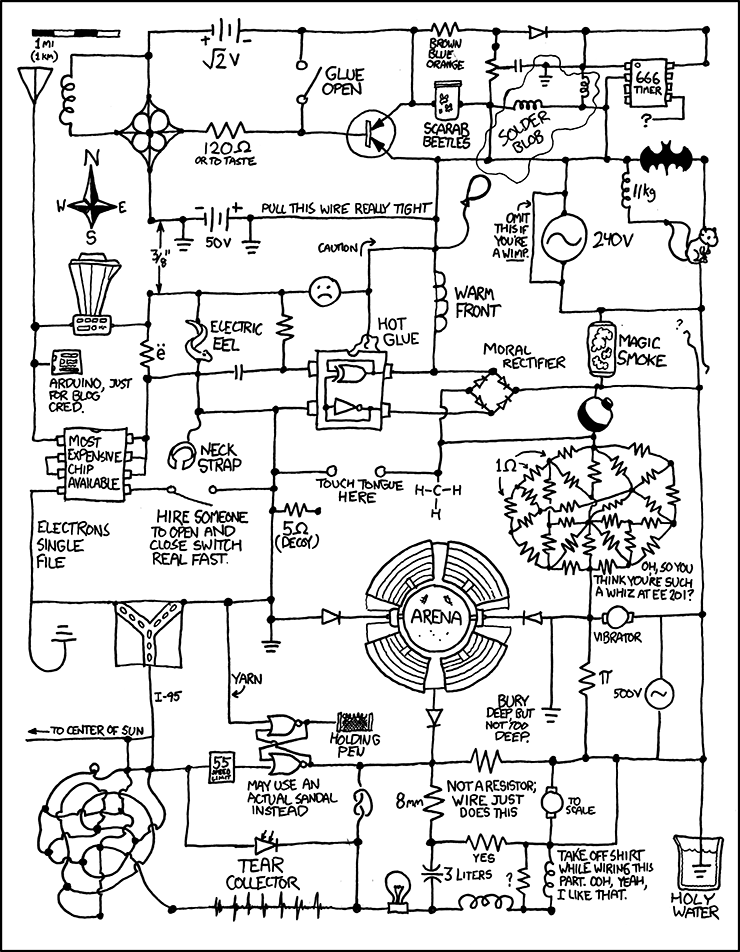Sounds bad to me.
I stopped using the Sprague 16uF-475v and 20uF-500v caps a couple years ago because I kept running into bad, brand new ones or having them go bad in less then 8 months to a year.
I use the less expensive TAD 22uF-500v caps from, probably, China... I hate doing it but I've not had a bad one yet.
You should not use the resistor to increase the bias voltage of the power tubes... instead use a couple 5 watt, 10v-15v zener diodes in the PT's high voltage center tap to reduce the overall voltage to the amp's B+ rail.
I stopped using the Sprague 16uF-475v and 20uF-500v caps a couple years ago because I kept running into bad, brand new ones or having them go bad in less then 8 months to a year.
I use the less expensive TAD 22uF-500v caps from, probably, China... I hate doing it but I've not had a bad one yet.
You should not use the resistor to increase the bias voltage of the power tubes... instead use a couple 5 watt, 10v-15v zener diodes in the PT's high voltage center tap to reduce the overall voltage to the amp's B+ rail.



 The one you have now is the type that the vintage amp nerds buy when they want the replacement PT to fry the tubes like their original 1957 model did with today's wall voltages.
The one you have now is the type that the vintage amp nerds buy when they want the replacement PT to fry the tubes like their original 1957 model did with today's wall voltages.
Comment